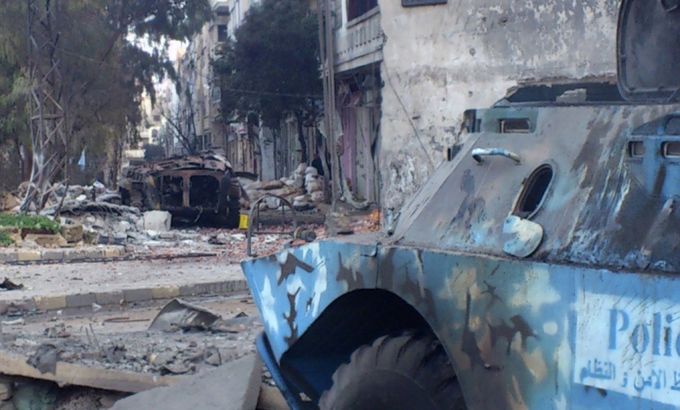
Can Syria’s opposition unite?
We discuss why Syria’s opposition has been unable to incorporate itself into a strong coalition with a united message.
Almost one year after the uprising began in Syria, the death toll continues to rise with the UN’s latest figures suggesting that about 8,000 people have been killed.
Yet despite the ongoing crisis, the opposition remains fractious and deeply divided. The wide variety of political groups, exiled dissidents, grassroots activists and armed militants have been unable to agree on how to overthrow President Bashar al-Assad.
Several groups, however, have tried to form coalitions to unite opposition supporters in Syria and gain international help and recognition:
|
“The increased brutality is pushing people into armament. That’s not our preferred way of bringing about regime change, we would like peaceful change, but the reality on the ground is different and it’s the responsibility of the regime that brought it to that point.“ – Najib Ghadbian, member of the SNC |
– The largest opposition group is the Syrian National Council (SNC), a coalition of seven opposition groups, but the SNC is criticised for being internally fragmented and failing to reach out to minority groups. And the SNC is still struggling to get solid international recognition.
– The Free Syrian Army has become an umbrella group for those who have taken up arms against the Assad government. But it is also criticised for its failure to unite under a single chain of command.
– The National Coordination Committee calls for conditional dialogue with Assad’s government. Unlike some members of the SNC they vehemently oppose foreign intervention in Syria.
– On February 26, a new Syrian Patriotic Group made up of a splinter group of former Syrian National council members has emerged.
The continuing discontent and fractionalisation among the Syrian opposition will make it increasingly difficult for the opposition to receive the international support necessary to overthrow the al-Assad regime.
Many see that the SNC has no coherent economic plan or vision of Syria’s future, and the internal bickering within the council and the lack of a strong, unifying leader threatens to render the council impotent.
Who and what is the Syrian opposition and can they ever be truly united? What does the divide mean for the Assad regime? And does the SNC really represent the Syrian people?
Inside Syria discusses with Randa Slim, an adjunct research fellow at the New American Foundation and scholar at the Middle East Institute; Najib Ghadbian, a member of the Syrian National Council and associate professor of political science and Middle East studies at the University of Arkansas; and Joshua Landis, a Syria expert and director of the Center for Middle East Studies, who is also a professor at Oklahoma University.
|
“The SNC has not stepped up to the plate of being a unifier of the different currents inside the wide Syrian opposition movement. It has yet to be representative of these different currents, and it has yet to be inclusive of the different groups that make up the rich mosaic of Syria’s society. Maybe we are placing to many expectations on the SNC… [It is] the main player inside the Syrian opposition, but it’s not the sole representative of the Syrian opposition. And maybe we need to try to create a bigger coalition that represents these different currents and that kind of coalition can present a much more credible alternative to the Assad regime, to the groups of fence sitters and to Syrians in general.” Randa Slim, New American Foundation |